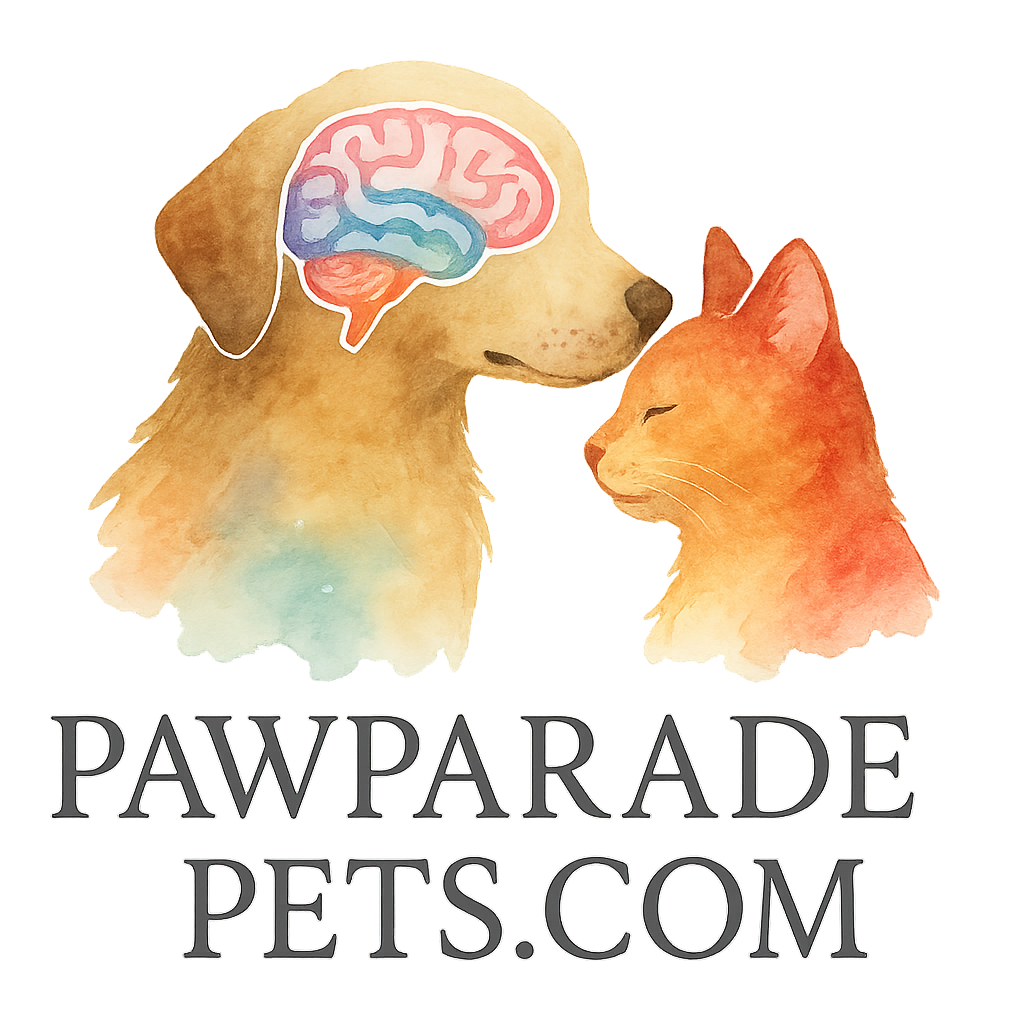Does your dog bark nonstop, chew up your shoes, or ignore every command like it’s their full-time job? We’ve all been there. But what if you could solve most of those issues with a little mental magic? That’s where brain training steps in — a game-changer for tackling behavioral problems in dogs.
In this post, we’ll dig into 7 behavioral problems solved through brain training, why it works, and how to get started with simple strategies and the right tools. Ready? Let’s dive in and give your dog a smarter, happier life.
Understanding Brain Training for Pets
Why Brain Training Works
Just like humans, dogs need mental stimulation. Without it, they get bored — and bored dogs? Well, they start inventing problems. Brain training turns that energy into problem-solving, focus, and fun.
According to the basics shared at Brain Training Basics, these exercises tap into your pup’s natural intelligence. It’s not just sit and stay — it’s puzzles, games, and interactive play that target their instincts.
Key Benefits of Brain Training for Dogs
- Reduces destructive behaviors
- Improves obedience
- Boosts focus and attention
- Builds confidence
- Strengthens the dog-owner bond
Now let’s tackle those common problems and see how brain training fits in.
1. Destructive Chewing
What Causes Destructive Chewing?
Chewing is normal — but when it’s your couch cushions or favorite sneakers, it’s a problem. Destructive chewing often stems from boredom, anxiety, or a lack of mental engagement.
How Brain Training Solves It
Mental stimulation redirects chewing energy. Puzzle toys, treat-dispensing balls, and interactive gadgets turn destruction into focus. Activities like hide-and-seek or object recognition give your dog a job — so your furniture stays safe.
Try rotating tools from Tools & Toys for Brain Training to keep things fresh.
2. Excessive Barking
When Barking Becomes a Problem
A bark here or there? Totally fine. But if your dog’s turning into the neighborhood alarm system, there’s likely something deeper going on — like anxiety, attention-seeking, or sheer boredom.
Training Exercises That Help
Brain games reduce barking by keeping your pup engaged. For example, teaching your dog to “speak” and “quiet” on command gives you control over when barking is appropriate.
Check out ideas on Behavior & Obedience to master these commands.
3. Jumping on People
Why Dogs Jump Up
Jumping is a greeting — it’s your dog saying, “Hey, I missed you!” But not everyone loves a full-body hello. It’s a common issue, especially in excitable breeds.
Using Commands and Games to Fix It
Impulse control games like “wait” or “go to your place” train your dog to greet politely. Practicing focus games, as covered in Games & Activities, channels energy into structured behavior instead of bouncy chaos.

4. Pulling on the Leash
The Root of the Problem
Walking your dog shouldn’t feel like a CrossFit workout. Leash pulling is often caused by overstimulation or lack of attention to the handler.
Cognitive Games That Improve Leash Behavior
Focus exercises like “look at me” and “walk and stop” teach dogs to pay attention to you, not every squirrel on the block. Integrate training games into your walks for better engagement and control.
5. Separation Anxiety
Understanding Emotional Triggers
If your pup panics every time you leave the house, you’re not alone. Separation anxiety shows up as whining, barking, pacing, or destruction the moment you walk out the door.
Brain-Stimulating Tools to Reduce Anxiety
Interactive feeders, chew toys, and scent puzzles keep your dog busy while you’re gone. Devices like camera-based treat dispensers offer remote interaction, making alone time more manageable.
Dive deeper into this challenge with Advanced Cognitive Challenges for more structured exercises.
6. Ignoring Commands
Why Dogs Become Disobedient
It’s not always stubbornness — sometimes dogs genuinely don’t understand or are too distracted to listen. Repetition alone isn’t enough; your dog needs motivation.
Obedience Through Mental Challenges
Switch things up! Use brain games to reward attention and obedience. Practice “command chains” — a series of tasks that require memory and focus. Incorporating obedience tips can make these sessions more effective.
7. Aggressive Behavior Toward Other Dogs
The Mental Side of Aggression
Aggression is often fear-based or stems from poor impulse control. While physical activity helps, mental stimulation plays a key role in calming reactive dogs.
Training Tactics That Shift Focus
Use redirection games — such as “find it” with treats — to shift your dog’s attention away from triggers. The more your dog thinks, the less they react. See how problem-solving activities encourage better social behavior.
Tips for a Successful Brain Training Routine
Consistency Is Key
Start small but keep at it. Daily short sessions beat one long session a week. Make brain training part of your dog’s routine — like feeding or walks.
Start Simple, Then Challenge
Begin with basic puzzles, then add layers. Dogs love novelty, so explore interactive and intelligent toys that grow with their skill level.
Explore content from the Knowledge tag to deepen your training toolkit.
Best Tools and Toys for Brain Training
Gadgets, Games, and Interactive Devices
From puzzle mats to smart treat dispensers, the right tools make brain training fun and effective. The Tech and Toys tags are goldmines for finding the best gear to keep your dog sharp.
Want fun that’s also functional? Don’t miss our top picks in Fun and Training categories.
Final Thoughts
Brain training isn’t just about tricks — it’s about transforming behavior from the inside out. With the right tools, techniques, and consistency, you can solve major behavioral issues and bring out your dog’s best self.
Whether you’re trying to stop the barking, chewing, leash-pulling, or anxiety spirals, the power of brain training gives you a path forward. Tap into your dog’s natural intelligence and watch the magic unfold.
For more on how brain training can improve your dog’s life, check out the main hub at Paw Parade Pets.
FAQs
1. How often should I do brain training with my dog?
At least 10-15 minutes daily is ideal. Break it into short, engaging sessions for best results.
2. Can brain training help senior dogs?
Absolutely! Brain training keeps aging dogs sharp and can even slow cognitive decline.
3. What are some easy brain games for beginners?
Start with treat puzzles, name recognition, and simple hide-and-seek games.
4. How do I know which brain training tools to buy?
Browse categories like Toys and Devices to find what suits your dog’s size, breed, and skill level.
5. Is brain training better than physical exercise?
Both are important! Mental stimulation complements physical activity for a well-balanced dog.
6. Can brain training fix aggression completely?
It helps reduce triggers and manage reactions, especially when paired with behavior-specific strategies.
7. Where can I learn more brain training techniques?
Start with Brain Training Basics and explore tags like Training and Challenges for deeper insights.


